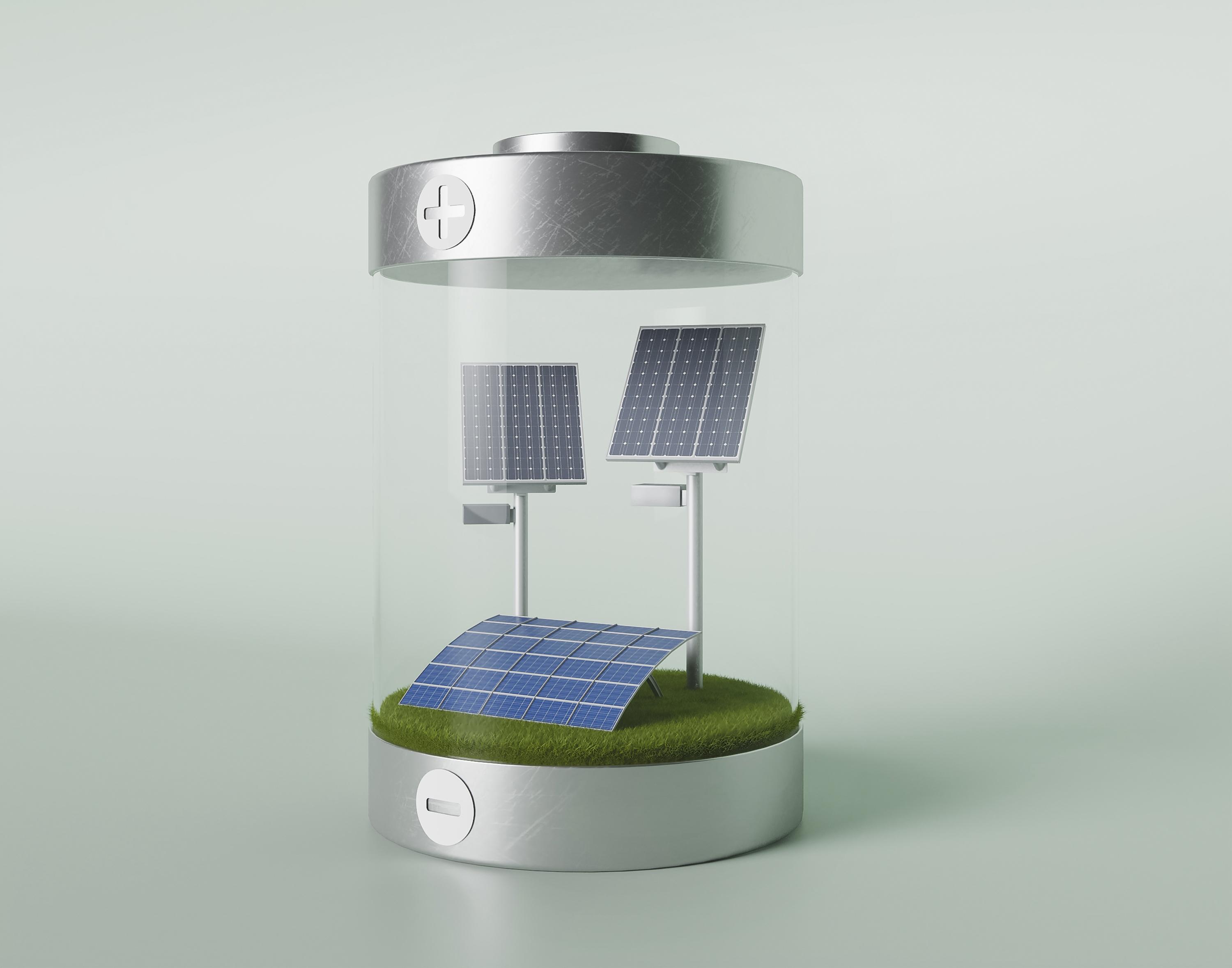Power Backup Systems

What is a Power Backup System?
It is a system capable of supplying the general or partial electrical service automatically, at the moment of a power outage or failure, and without affecting the proper functioning of your electrical appliances or applications. Specially designed to meet the needs of critical mission, operational continuity and diversification of risks in the electrical generation process at the entities that require them.
How does a Power Backup System work?
The Electrical Backup Systems, by means of a device called Inverter-Charger, are in charge of converting the AC electrical energy (alternating current) into DC electrical energy (direct current), to be later "accumulated" in Batteries specially designed for this purpose...
During normal electrical service, the inverter charges the batteries and keeps them under constant observation by means of complex checking algorithms, a routine that is commonly performed every 30 seconds or more. Then, at the moment of a power outage, the inverter "pulls" the electrical energy accumulated in the Battery Banks and transforms it from Direct Current (DC) to Alternating Current (AC) and delivers it to the Main or Secondary Transfer Board, according to its performance and the end user's requirements.

What are its components?
The components may vary according to the needs of each application or End User, however we can generalize:
- Inverter - Charger controller
- Proper electrical wiring
- Wiring protection
- Independent grounding
- Storage cabinet / rack
- Battery bank
- Transfer board (automatic or manual)* Optional
How long can a Backup Power System last or maintain Electric Power?
This is highly variable and also depends on the type and capacity of "Reserve Charge (RC)" that a battery may have; however, the calculation is very simple.
Example: If the "Total Consumption (TC)" in your Home or Office is about 1,000 Watts in an electrical circuit whose voltage is 120VAC, we can calculate the following:

- Safety Factor or Margin of Safety: CT x 1.3 will give you the Total Rectified Load (CTR) = 1,300 Watts.
- Power Inverter: must be greater than the CTR, in this case we recommend 1,500 Watts single phase 120VAC with 12VDC input on the Battery Bank.
- We determine the Amperage we will use by dividing the CT by the required voltage, in this case 120VAC = 8.33 Amps.
- Let us calculate a loss (increase) of maximum 10% due to the same consumption of the inverter, as well as the possible losses at the electrical wiring level = 9.16 Amperes
- Battery bank:
Remember, a good equipment and a good solution is not, and will not be, economical. The calculations must be done thoroughly to determine the possible "Energy Savings" to be applied in order to lower your costs, however, a Professional Study of the Electrical Loads and a Project of the Electrical Backup System, will save you money in the future. DON'T be fooled!